Richard D. L. Fulton
Annapolis Tercentenary, 1949
On May 23, 1949, the United States Postal Service commemorated the 300th anniversary of the establishment of Annapolis as the capital of Maryland via the issuance of a three-cent stamp.
First Day of Issue cancellations of the stamps were conducted at the post office in Annapolis—the first capital of Maryland, and at the Washington, D.C., headquarters of the United States Postal Service. To collectors, the Annapolis cancellation is more desirable than the Washington, D.C. cancellation.
Further, the First Day of Issue cancellations issued at Annapolis bore the correct date of the Tercentenary (May 23, 1949), while the same issued at the D.C. post office bore the next day’s date (May 24, 1949).
Annapolis’ road to being recognized as Maryland’s capital began when Leonard Calvert, along with 140 to 150 Catholic and Protestant settlers, set sail from the Isle of Wight, England, and ventured up the Potomac River, whereon on March 25, 1633, they founded Saint Mary’s City. Doing so resulted in Saint Mary’s City then being recognized as Maryland’s first European settlement and the Province of Maryland’s first capital.
Maryland was, of course, a British colony at the time, and was thus deemed as the Province of Maryland, Maryland, having been named in honor of Henrietta Maria of France, queen of England, Scotland and Ireland (coincidentally, her husband was executed in the wake of the English Civil War in the same year Annapolis was named as Maryland’s capital). Likewise, Saint Mary’s City was also named in her honor.
By the late 1640s, settlers had already begun to fan out in the area that would ultimately become both Anne Arundel County (established as a county in 1650), and Annapolis. Forty-four years later, in 1694, the then provisional Governor Francis Nicholson, along with the Maryland General Assembly, elected to move Maryland’s capital from Saint Mary’s City to more centrally located Anne Arundel County.
As a result, Saint Mary’s City was abandoned. The location of the original Saint Mary’s City can only be ascertained through archaeological excavations, according to hsmcdigshistory.org, although the city was essentially reborn when it eventually “rose from the grave,” beginning in the early 1900s, Today, it boasts a population of around 1,000 residents and some 1,500 students housed in association with the city’s educational institutions.
Before the provincial capital was moved from Saint Mary’s City, the settlements around what would become Annapolis were initially called Providence, and subsequently, Anne Arundel’s Towne, according to annapolis.gov. The name was changed to Annapolis (meaning Anne’s Town or City) when the town was designated as the new provincial capital.
Anne Arundel County, Anne Arundel’s Towne, and Annapolis were all named in honor of Anne Arundel, whose name is also spelled as Anne Arundell, and even Arrundell, who had married Cecil Calvert, the Second Lord Baltimore. Although she never came to America, she was honored in Maryland as the result of spending much of her inheritance from her father, Lord Thomas Arundell, to help fund the new colony of Maryland.
Anne Arundel’s royal badge, which is a crown over the entwined thistle of Scotland and Tudor rose of England, is depicted on the Annapolis flag, according to annapolis.gov.
Maryland became a state when it ratified the United States Constitution on April 28, 1788, and retained Annapolis as being the state’s capital. Maryland actually became a state twice. First under the Articles of Confederation, which was adopted by the Continental Congress on November 15, 1777. The adoption of the Constitution on April 28, 1788, effectively disbanded the first United States that had been established under the Articles of Confederation.
Annapolis.gov stated that “Today, Annapolis has more of these original 18th-century structures standing than any other city in the United States.”
Once known as the “Athens of America,” due to its early “wealth of cultural activities, a glittering social season. gracious hospitality, and intellectual stimulation,” the city has grown to a population of over 40,000 residents, numerous educational institutions, and even serves as home to the prestigious United States Naval Academy.

First Day Cover of Annapolis Tercentenary stamp, cancelled May 23,1949.

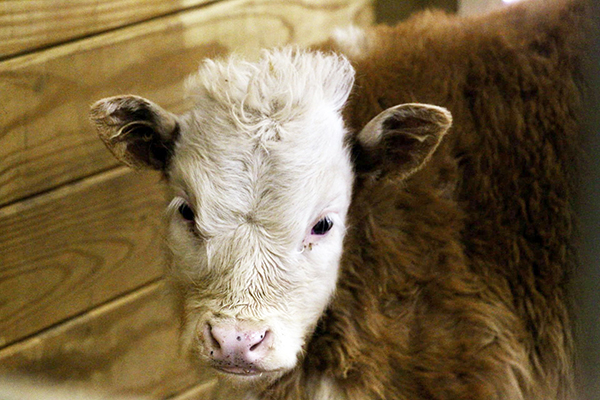
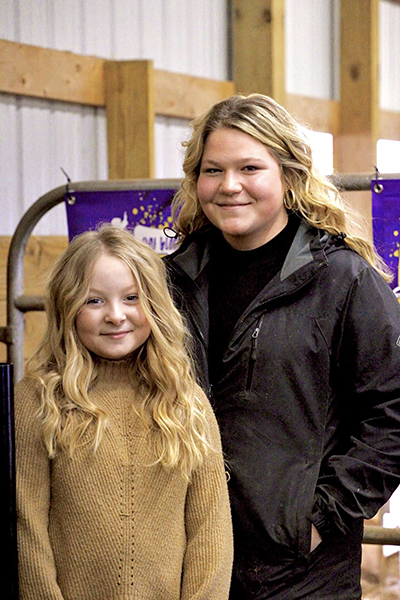
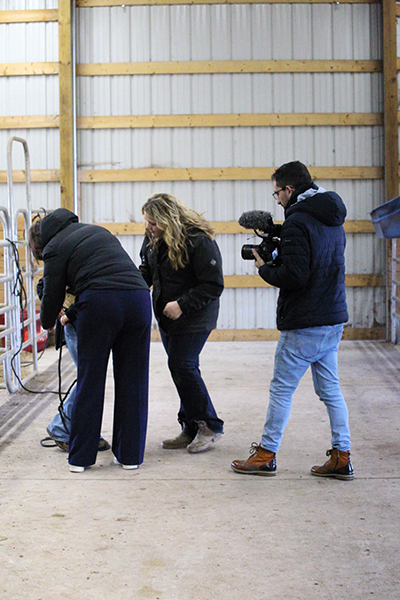
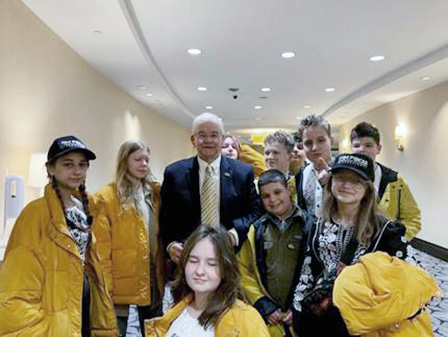
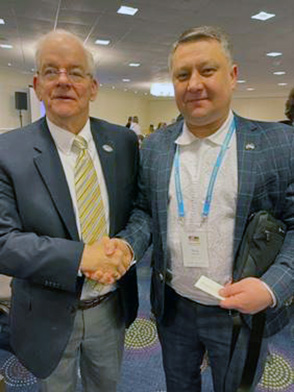
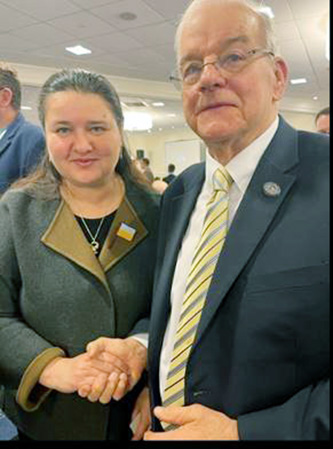
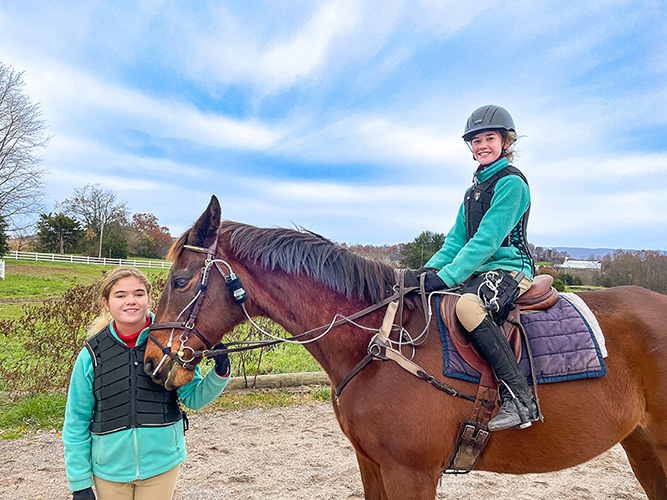
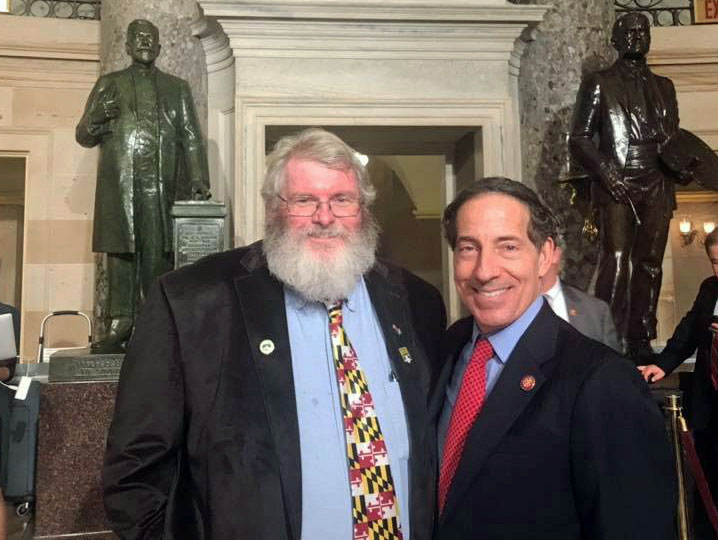
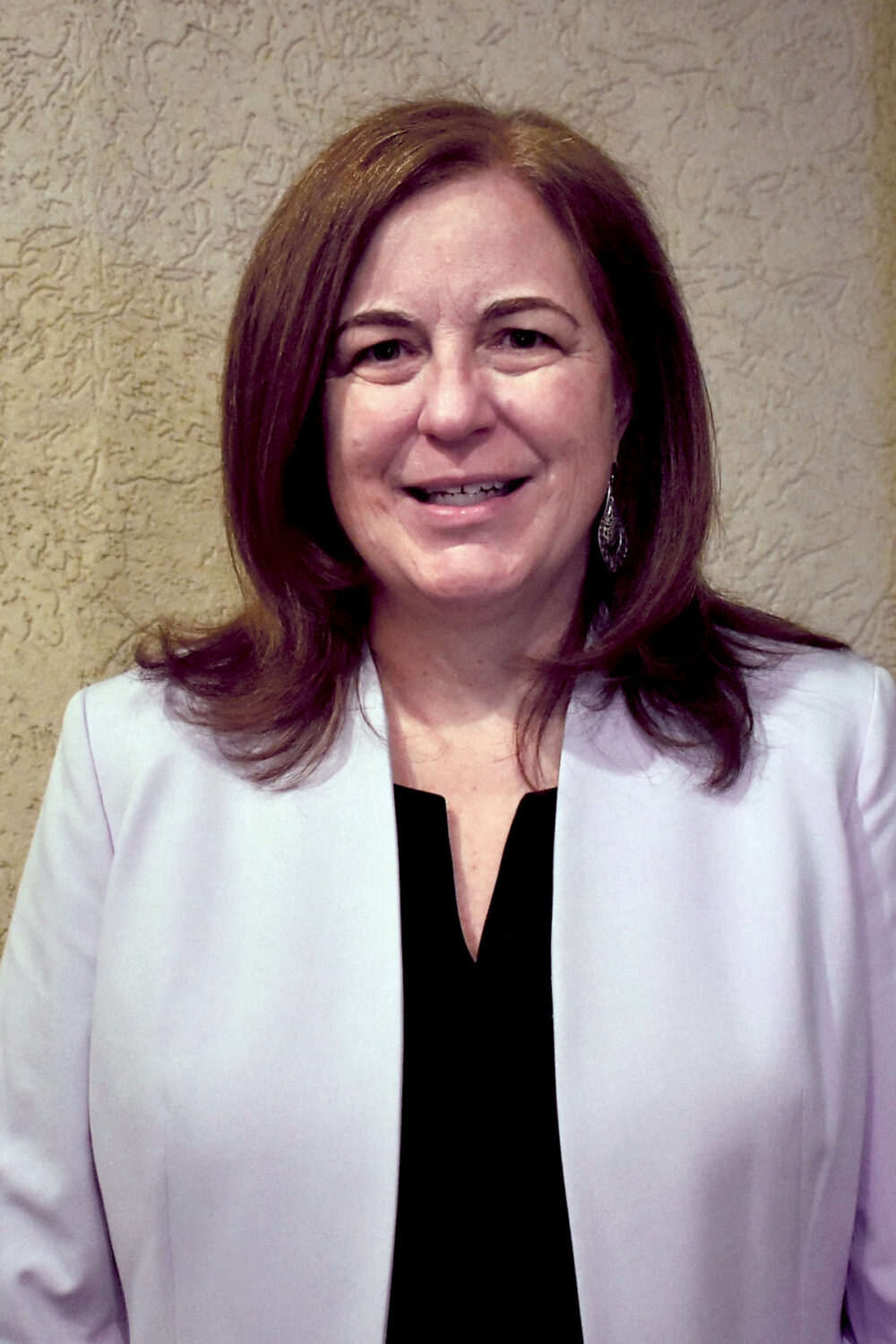
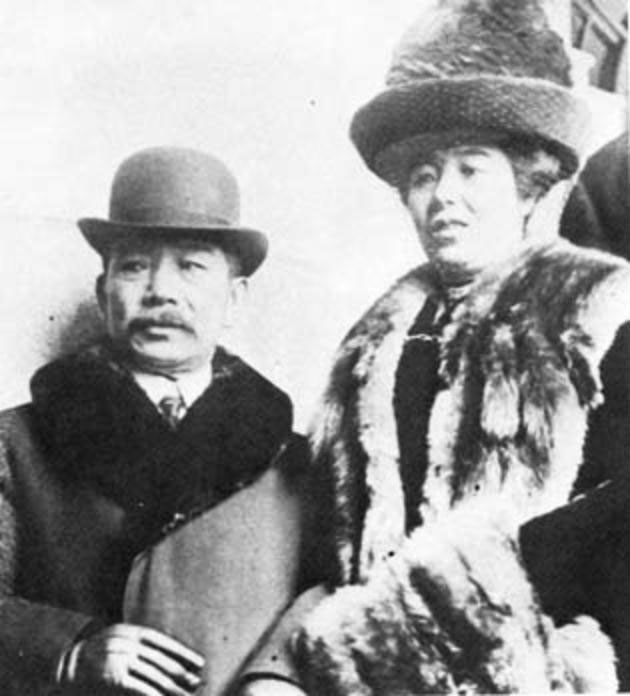
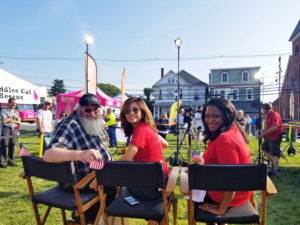
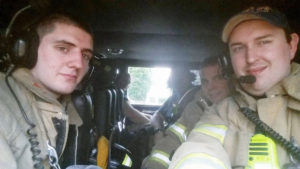
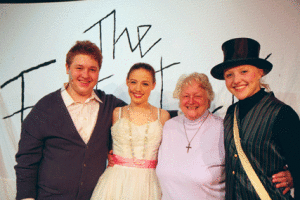
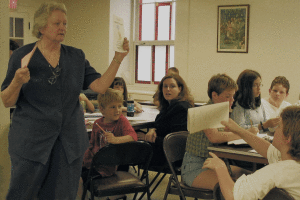
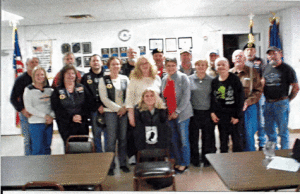 Kenny was born in Washington, D.C. on December 11, 1962, to James and Phyllis Jones. Right after he was born, his family moved to Bowie, Maryland, and then to Laurel, Maryland, where Kenny lived until he was twenty-one years old. Kenny has one brother (James Jones, Jr.) who lives in Florida.
Kenny was born in Washington, D.C. on December 11, 1962, to James and Phyllis Jones. Right after he was born, his family moved to Bowie, Maryland, and then to Laurel, Maryland, where Kenny lived until he was twenty-one years old. Kenny has one brother (James Jones, Jr.) who lives in Florida.